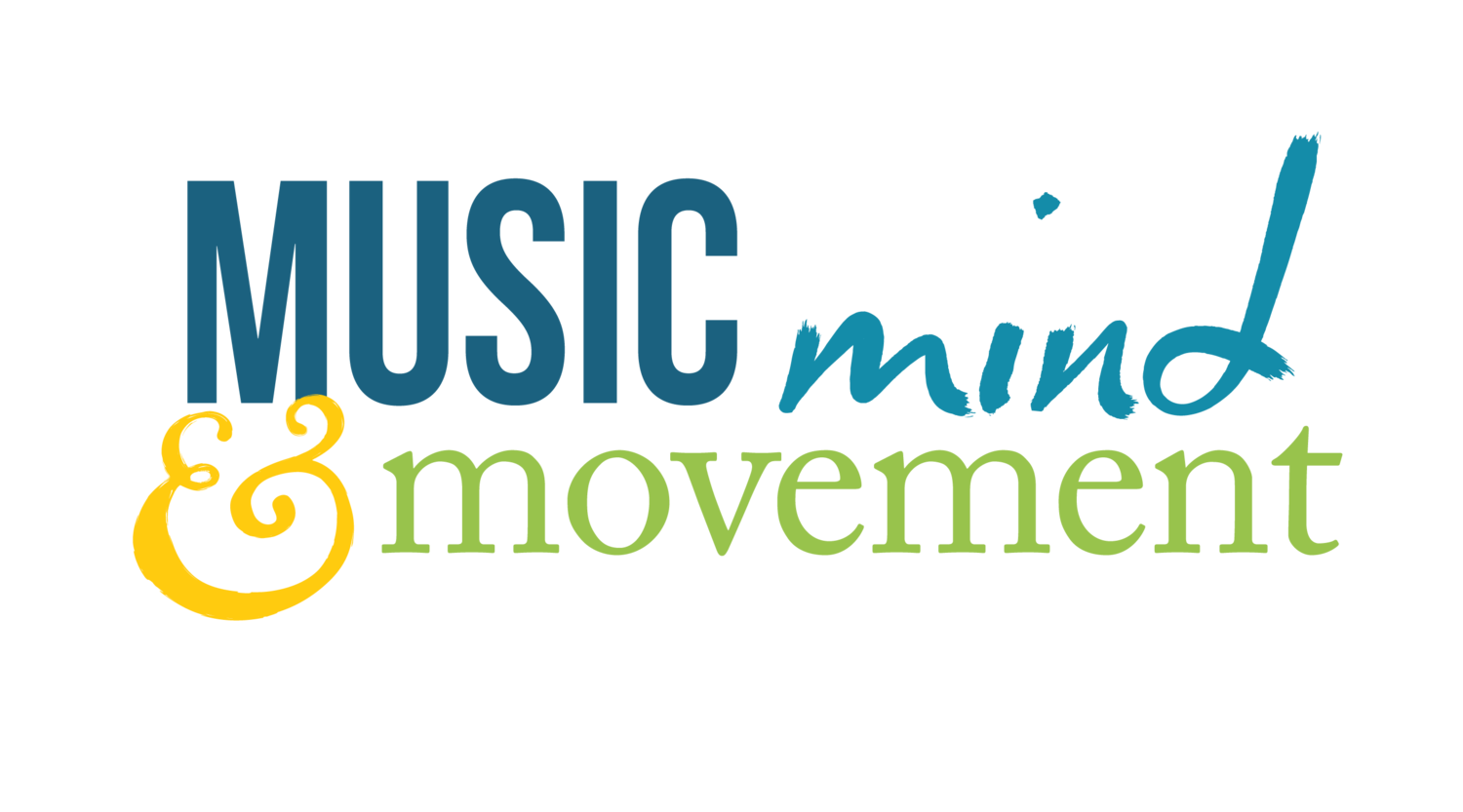Finding Mastery
Photo by Peter Shanks
First a bit of housekeeping: This is the final post before the holidays. My sincere thanks to you for reading and for all your helpful and insightful feedback (and typo spotting!).
In January, I am going to do a four-week series on how to establish a mindfulness practice. Each week I'll outline two mindfulness practices: one intended for the practice room and one "traditional" practice. The series will be progressive, meaning we'll start simple and move to more sophisticated practices so that you have a variety of tools at your disposable for building your mindfulness chops. I have said it before and I'll say it again, mindfulness is one of those things that you really have to do in order to "get". So, if you are at all curious about beginning a mindfulness practice, I hope you'll consider joining me! More details will be forthcoming early in the new year.
Moving on...
This week, I'm going to play more of a curatorial role. I have been thinking a lot about the inherent circuitousness of the learning process -- in music, in meditation, in life. And this got me wondering about labyrinths. Specifically, I wondered, "What is a labyrinth, anyway?" I realized I didn't really know and this seemed like an unfortunate knowledge gap for a contemplative-minded gal like myself. So, I did a bit of reading. One of the best things about being on sabbatical is having time to pursue a tangent and this one turned to be fruitful because I stumbled across the following guidelines for walking a labyrinth (the original is here):
The labyrinth is not a maze. There are no tricks to it and no dead ends. It has a single circuitous path that winds its way into the center. The person walking it uses the same path to return from the center and the entrance then become the exit. The path is in full view, which allows a person to be quiet and focus internally.
Generally, there are three stages to the walk: releasing on the way in, receiving in the center and returning when you follow the return path back out of the labyrinth. Symbolically, and sometimes actually, you are taking back out into the world that which you have received.
I thought this was a beautiful metaphor for how one could approach the study and performance of music in a mindful or contemplative way. My plan this week was to break down my own thoughts on this.
But then! I listened to this wonderful conversation between performance psychologist Michael Gervais (he's the guy who works with the Seattle Seahawks) and violinist/entrepreneur Kai Kight.
Mind = blown.
This might be the most lucid, thoughtful, and inspiring description of a mindful approach to music-making that I have encountered. It's so, so great and if you have 75 minutes to spare over the holidays, I encourage you to give it a listen. They cover a lot of territory in the interview, but throughout, the notion of the musician's journey -- or, indeed the journey toward mastery in any domain -- being an inward journey with many twists and turns kept coming back to me.
So, I decided to put them both up here -- the description of the labyrinth and the podcast. Perhaps one or both will resonate with you, too.
Thanks for reading. Happy holidays and happy practicing!




